ARS ELECTRONICA ARCHIVE - ART & SCIENCE
Das "European Digital Art and Science Network" basiert auf einem großen vielseitigen Netzwerk. Teil dieses Netzwerkes waren wissenschaftliche Forschungsinstitutionen (CERN, ESA, ESO, Fraunhofer MELVIS), das Ars Electronica Futurelab sowie die Projektpartner Center for the promotion of science (RS), DIG Gallery (SK), Zaragoza City of Knowledge Foundation (ES), Kapelica Gallery / Kersnikova (SI), GV Art (UK), Laboral (ES) und Science Gallery (IE). Von der EU gefördert lief das Projekt von 2014 – 2017.
Das Online Archiv der Ars Electronica bietet einen Überblick über die einzelnen Aktivitäten des Netzwerks und liefert zudem Informationen zum Netzwerk an sich, zu den Residency Künstlern und zu den beteiligten Projektpartnern und der Jury.
Artist Residency at ESO 2015 - María Ignacia Edwards (CL)
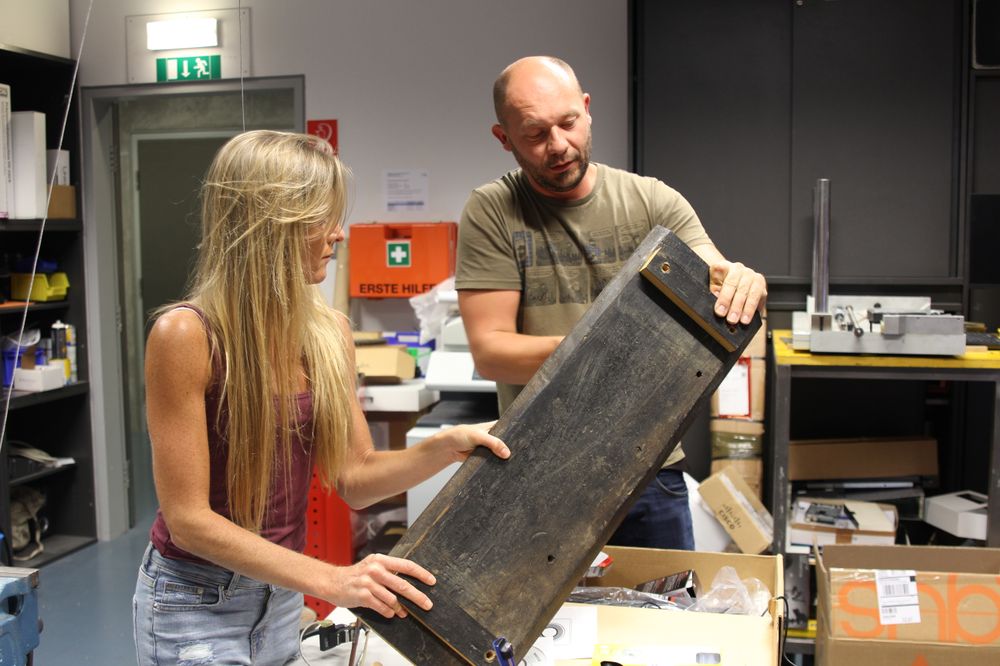
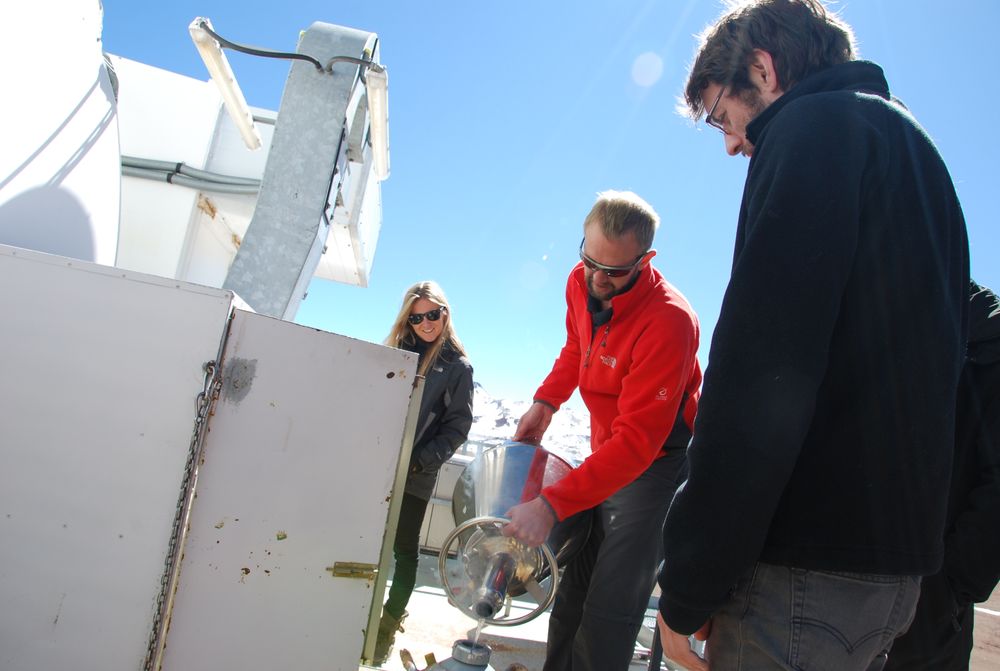
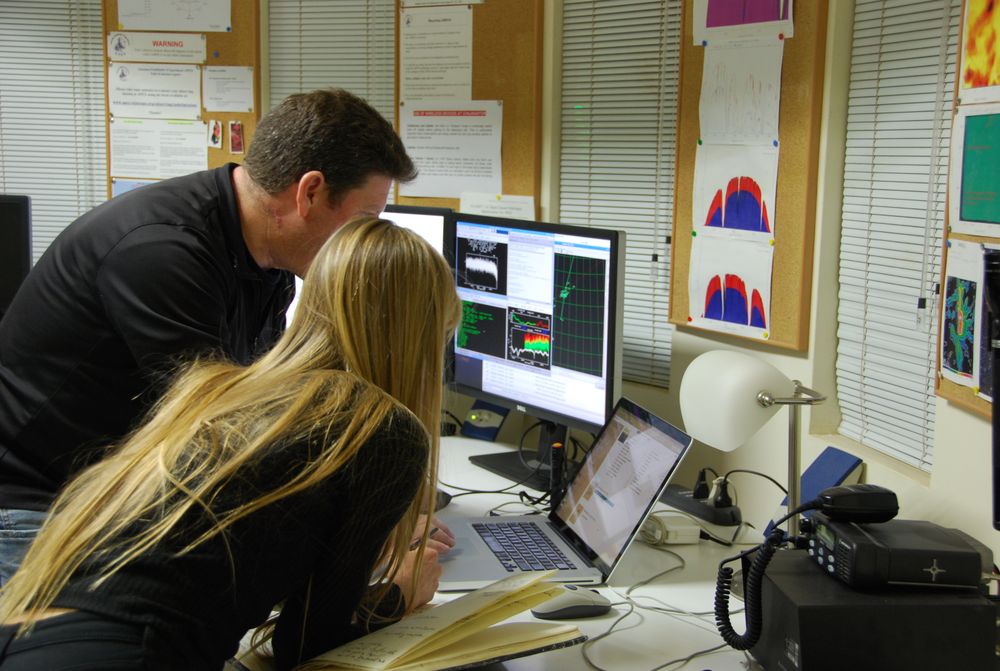
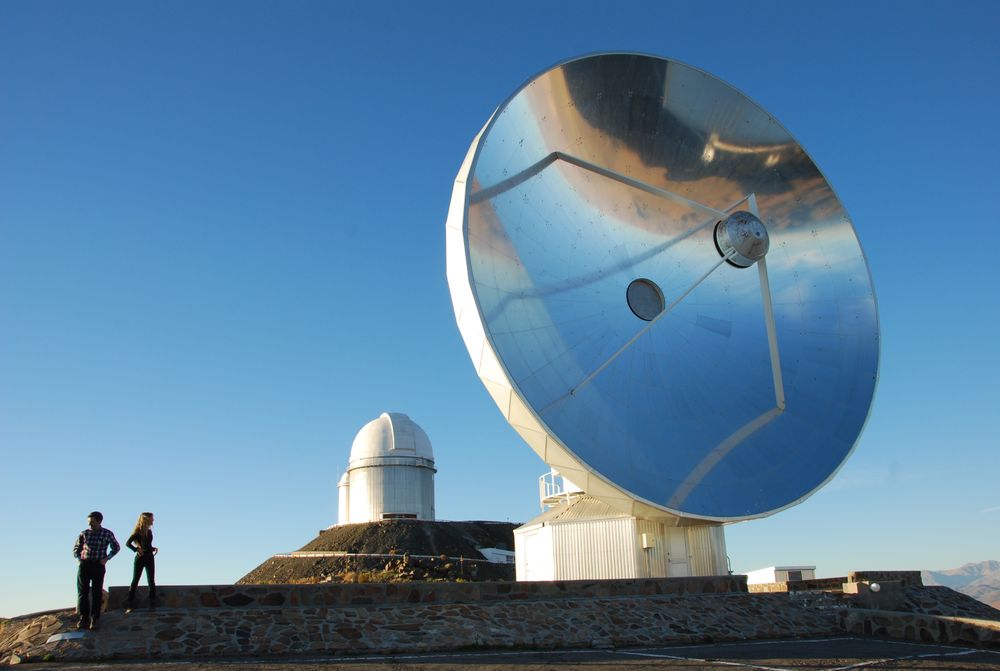
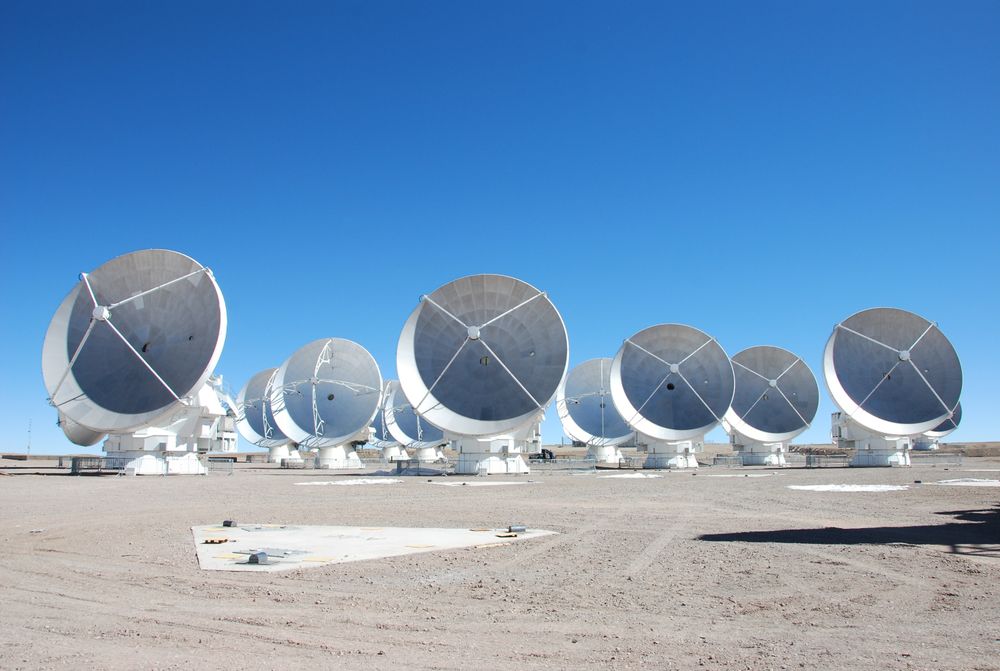
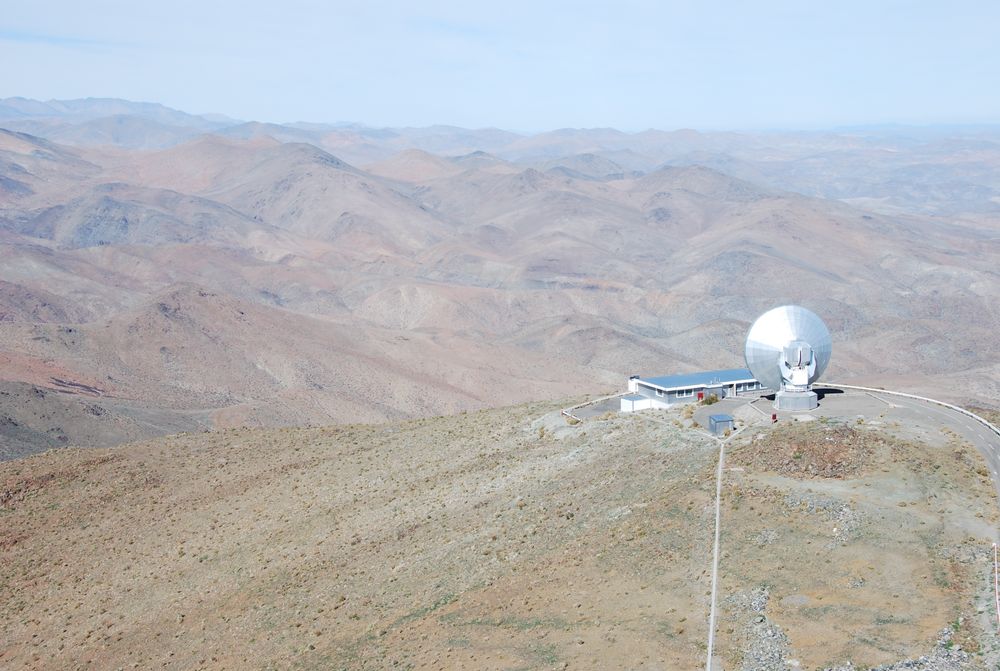
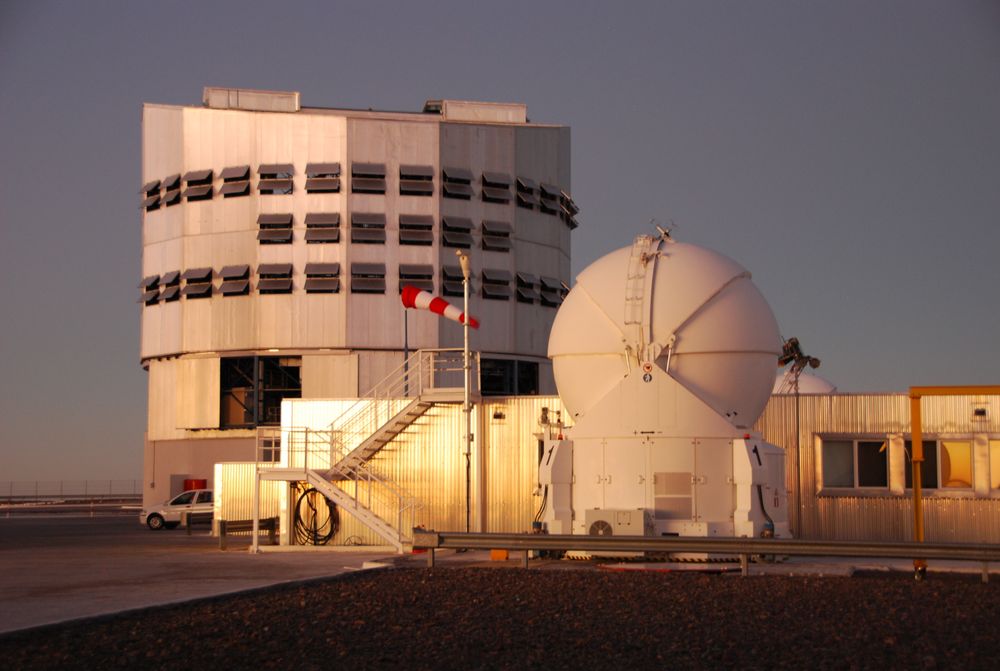
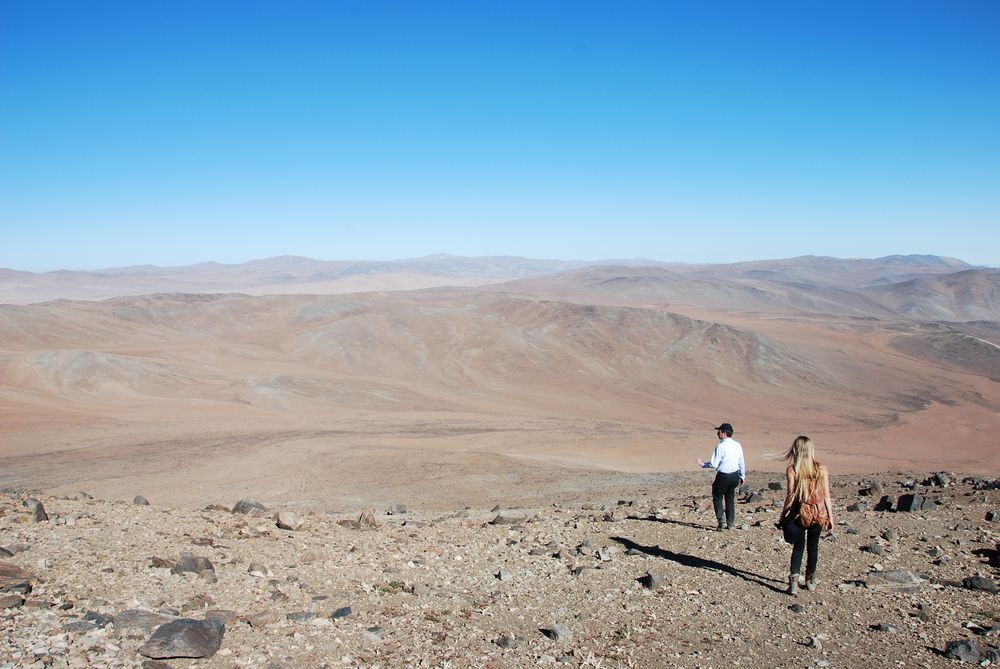
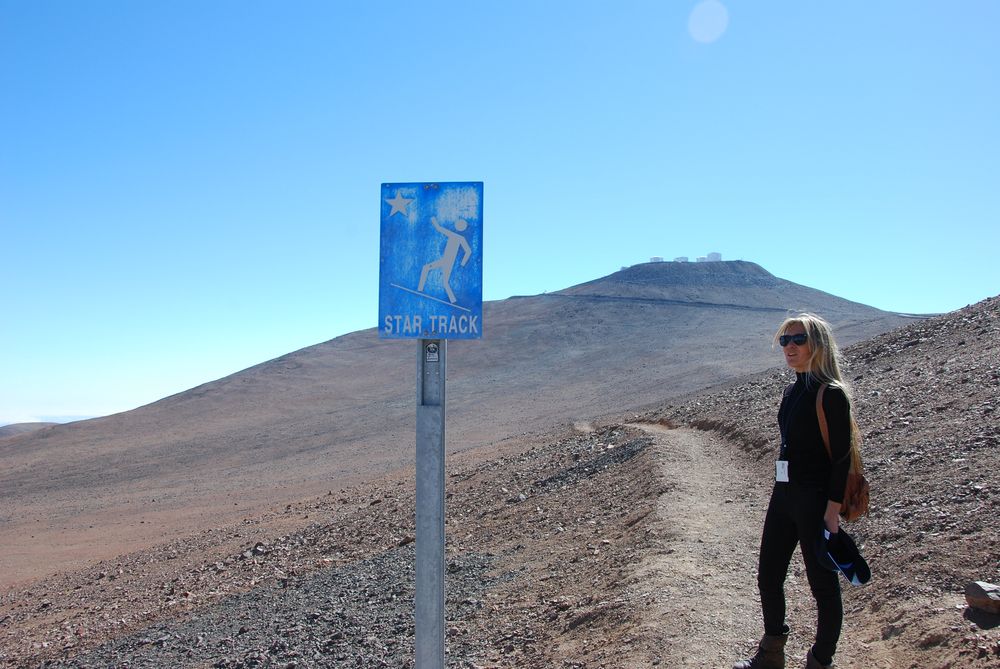
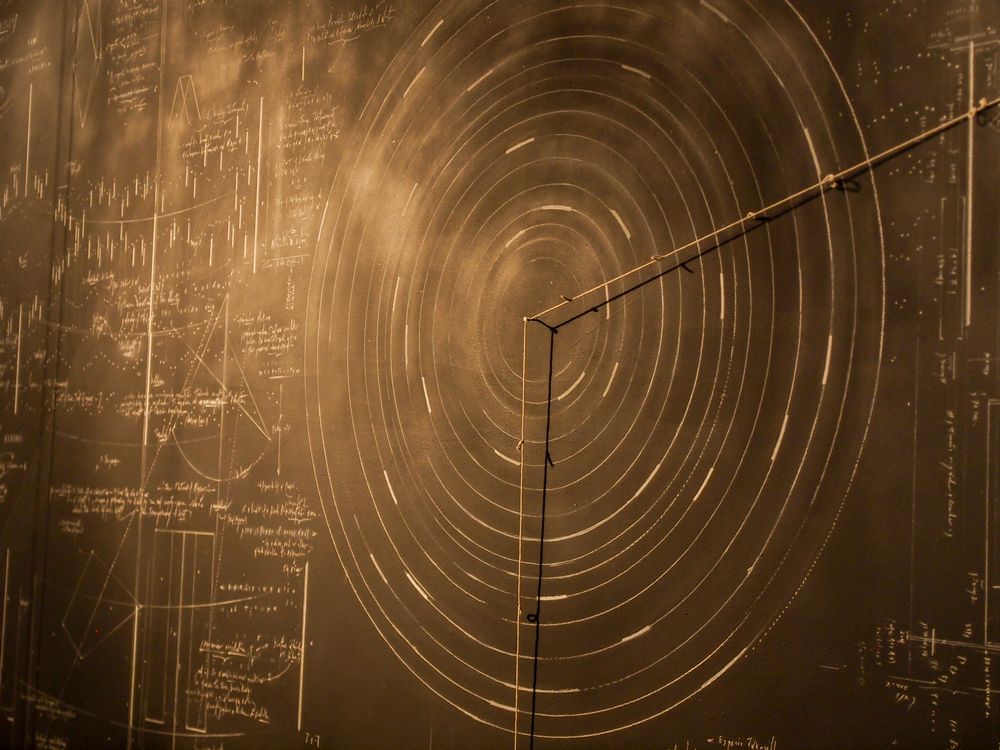
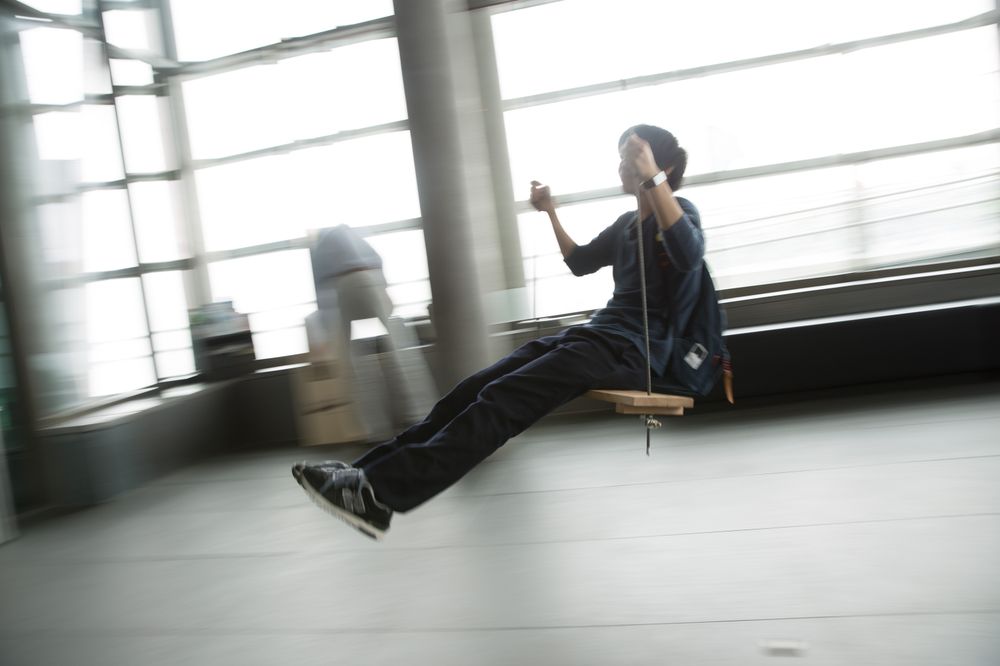
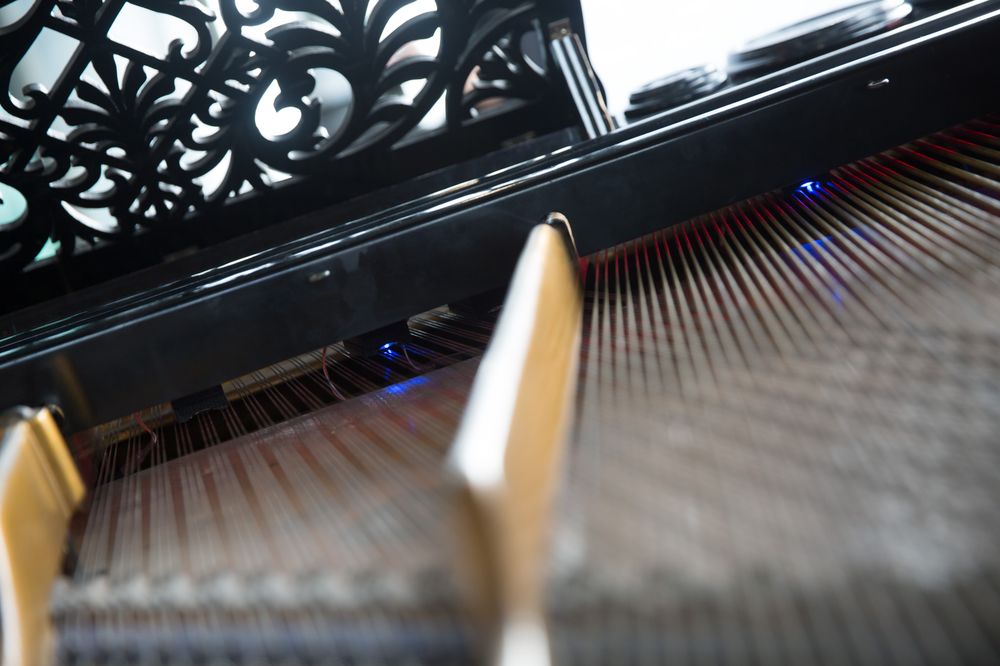
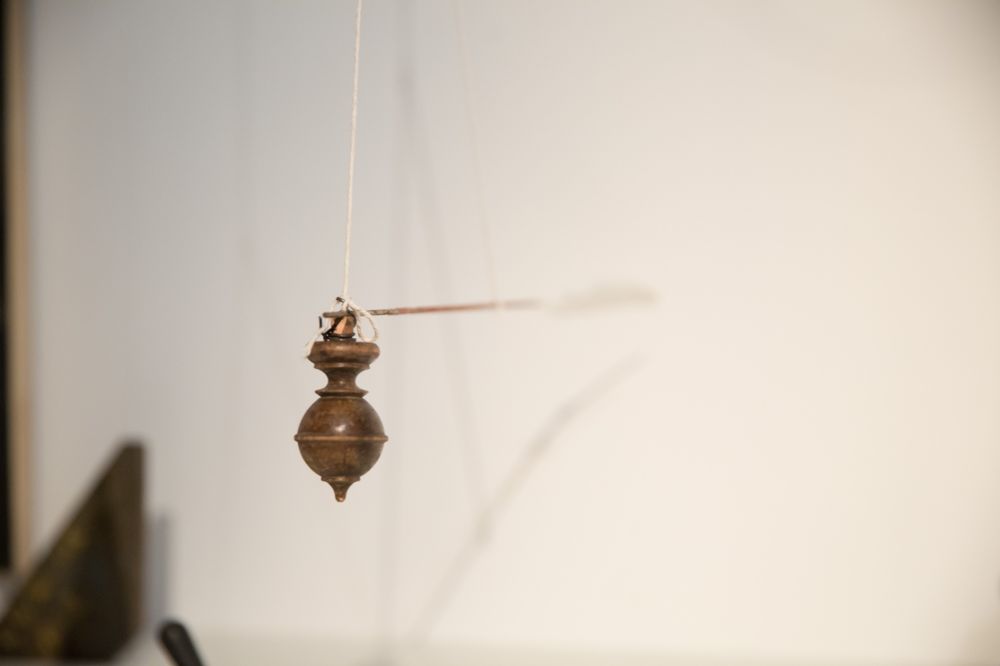
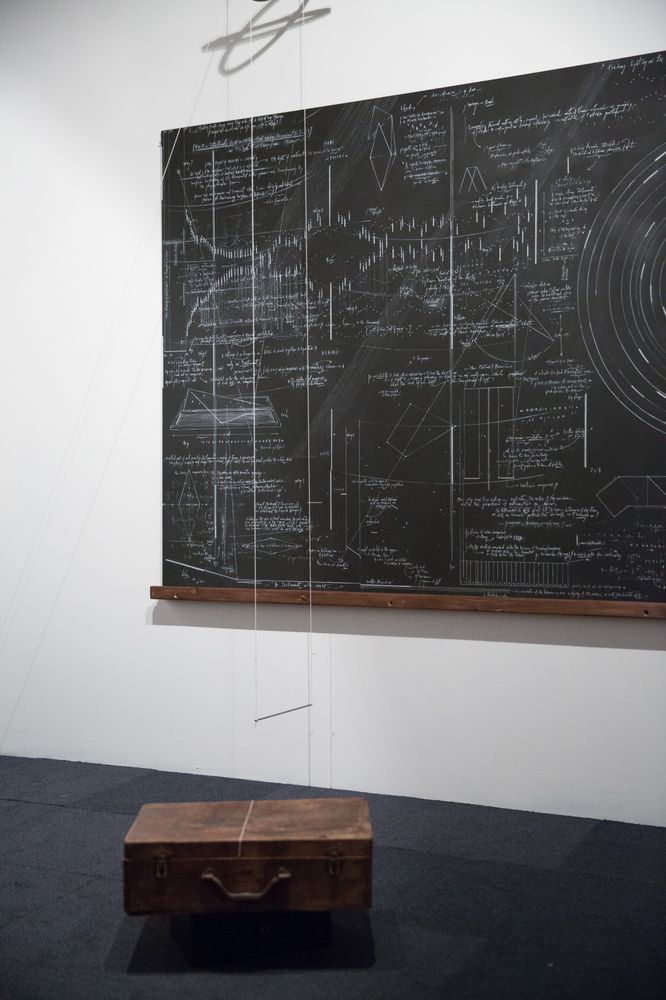
The jury deliberation took place from 23. – 25.02.2015 in Linz at the Ars Electronica Center. Jury members Gerfried Stocker, Horst Hörtner (both Ars Electronica), Fernando Comerón (ESO), Slobodan Coba Jovanović (Center for the Promotion of Science), Richard Kitta (DIG gallery), Robert Devčić (GV Art London), Jurij Krpan (Kapelica Gallery), Lucía García Rodríguez (LABoral), Diane Mc’Sweeney (Science Gallery Dublin), José Carlos Arnal, Fermín Serrano Sanz (both Zaragoza Foundation) issued the following statement:
The artist works with space, endeavouring to maintain the balance, suspension, lightness, and weightlessness of objects, which are sustained by their own weight and counterweight. The constructions are the result of exquisite prior calculations, mechanisms, solutions, and interventions. María Ignacia Edwards calls these pieces self-sustainable because they require no more than their own weight to exist, and the objects tend to rotate constantly around their own axis. The artist invites beholders to observe each object as if they were stars in the firmament. While, at first sight, her approach might seem purely plastic, it transcends science and particularly physics and mathematics, and in the jury’s view, it is especially attractive for the potential it offers for the residency. The artist makes a great effort to connect both the inspiration and the outcome of the work to characteristic features of astronomy: isolated objects in weightlessness. The work is thus intended to evoke astronomy-inspired awe. The presentation is very well elaborated and clearly transmits the idea of the project, though it also promises great potential for development in both residency venues.”
Statement of the Jury
(Source: The Practice of Art and Science, p. 32)
Interview: Inspirierende Reisen in die Welt der Wissenschaft: https://www.aec.at/aeblog/en/2015/10/15/artandsciencejourney/
Interview: María Ignacia Edwards verbindet Kunst und Mathematik: https://www.aec.at/aeblog/en/2015/03/10/verbindung-von-poesie-und-mathematik/
(Source: The Pratice of Art & Science, p. 37)
Self-sustainable pieces
In María Ignacia Edwards delicate, three-dimensional sculptures the objects seem to hover. Her sculptures consist of a multiplicity of objects suspended by fine wire from the ceiling of an exhibition space, that are perfectly balanced solely by their physical form and their own weight, rotate on their own axis and all of which are somehow interrelated. And sculptures composed of hundreds of thin wooden rods with their ends bound together to form three-dimensional geometric bodies. Though, at first glance, her works are perceived as purely aesthetic, artistic objects, it soon dawns on those who behold them that these constructions are the result of elaborate mathematical and physical calculations.
María Ignacia Edwards combines Art and Mathematics
María Edward’s artistic work originated in her striving to assume the position of an active observer of the world – an observer both of things that take place about her as well as of her own experiences, whereby that latter endeavor entails, above all, consciously questioning her own subjective perceptions. María Edward’s interest is focused primarily on relationships among human beings and their coincidental encounters, the highly diverse experiences she’s had during long outings by bicycle, the trajectories of the stars and the movement of the universe, science as a whole and philosophy in particular.
The upshot of all these considerations and observations was that she, at some point, came upon the idea of representing all these interrelationships in the form of a latticework – actually, a wide-ranging, tightly-meshed fabric of three-dimensionally arranged, interconnected points. And she came to the conclusion that such a visualization of all causalities and correlations on Earth bears an astounding resemblance to a map of stellar paths and constellations of stars. Her notes on blackboards, her entries in notebooks, her artistic works and mobile constructions – she regards all of them as markings on a mental as well as physical map testifying to her experiences and her whereabouts in the world and the universe.
Statement of the Jury
“The artist works with space, endeavouring to maintain the balance, suspension, lightness and weightlessness of objects, which are sustained by their own weight and counterweight. The constructions are the result of exquisite prior calculations, mechanisms, solutions and interventions. María Ignacia Edwards calls these pieces self-sustainable because they require no more than their own weight to exist, and the objects tend to rotate constantly around their own axis. The artist invites beholders to observe each object as if they were stars in the firmament. While, at first sight, her approach might seem purely plastic, it transcends science and particularly physics and mathematics, and in the jury’s view, it is especially attractive for the potential it offers for the residency. The artist makes a great effort to connect both the inspiration and the outcome of the work to characteristic features of astronomy: isolated objects in weightlessness. The work is thus intended to evoke astronomy-inspired awe. The presentation is very well elaborated and clearly transmits the idea of the project, though it also promises great potential for development in both residency venues.”
(Source: https://www.aec.at/artandscience/en/artists/mariaignaciaedwards/)
The “big sky country” of the Atacama Desert about a one-hour drive from Antofagasta in northern Chile is the home of the Very Large Telescope (VLT) and an especially wonderful spot from which to peer into outer space. The VLT in Paranal is the world’s most advanced optical instrument. It consists of four unit telescopes with main mirrors 8.2 meters in diameter that can be operated individually or can work together to form a giant interferometer.
Here, the staff gathers data that’s indispensible to scientific research on the cosmos. Scientists from all over the world gather in Paranal. Each is the lucky recipient of one of the precious positions on the staff of this high-tech data production machine. Garnering “observing time” is no simple matter, but the potential rewards are tremendous. For example, the oldest star in our Milky Way galaxy was identified with the help of the VLT. And it also took the first picture of a planet outside our solar system.
María Ignacia Edwards visited ALMA, the Atacama Large Millimeter/submillimeter Array. At 5,000 meters above sea level, the world’s largest radio telescope has 66 antennas spread out across this arid expanse to scan the sky in all directions.
“ALMA inspires me: There is the power of the desert, the sun, and the illusion of understanding and witnessing the mechanism in action with all those antennas moving at once… the harmony in the accuracy of the movement, which is one of the essential elements that inspire my work.”
In the 1960s ESO built the first observatory La Silla. This facility includes several telescopes, which are operated by ESO as well as other institutions.
“The visit to La Silla was overwhelming, I found a place that seems suspended in time and over the clouds, with the beauty and the weight of past time on things, it touched me deeply. I could feel a nostalgia and melancholy for what it used to be and that somehow still is, moving at its own time and rhythm. A place apparently full of stories.”
The artist spent a few weeks at the scientific institution and derived inspiration from her mentors and their scientific work. Subsequently, she spent an additional residency at Ars Electronica Futurelab, where mentors assisted the artist in the creation and development of new works that were inspired by her previous residency at ESO.
The outcome of the residency, Encounters, was then showcased as part of the Elements of Art and Science exhibition that premiered at the 2015 Ars Electronica Festival. María Ignacia Edwards conceived her work in such a way that the main portion of the project remained in Linz and other parts could be presented at the other European Art and Science Network member institutions.
Text: Claudia Schnugg, Martin Hieslmair/Ars Electronica
www.aec.at/feature/de/cosmic-inspiration
(Source: The Pratice of Art & Science, p. 33-36)

